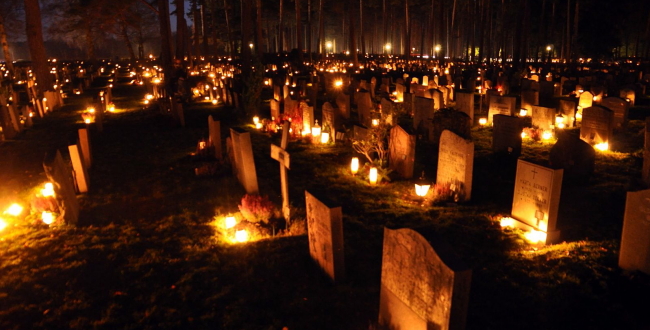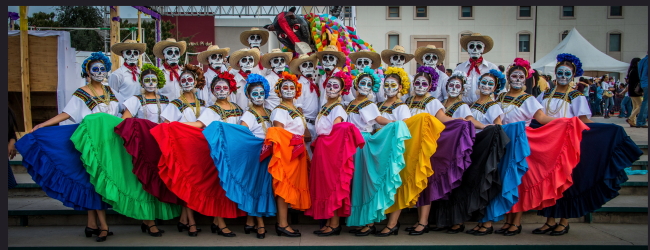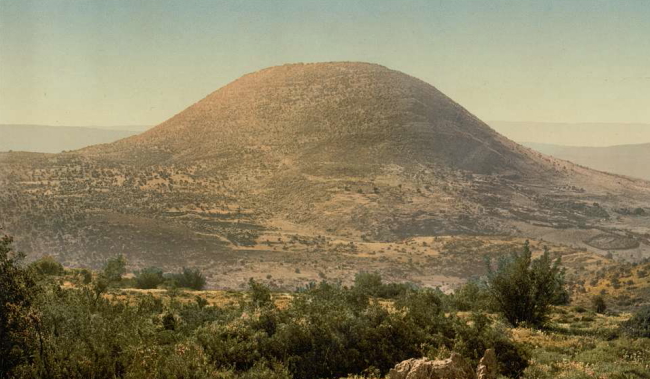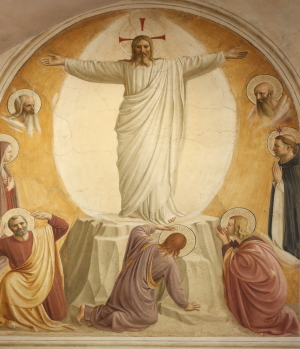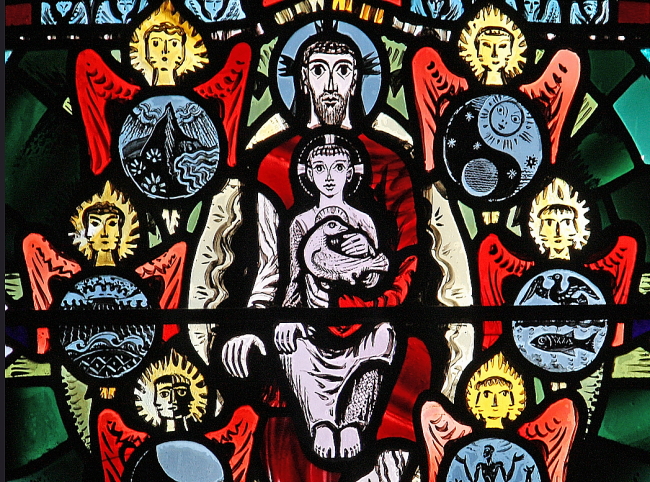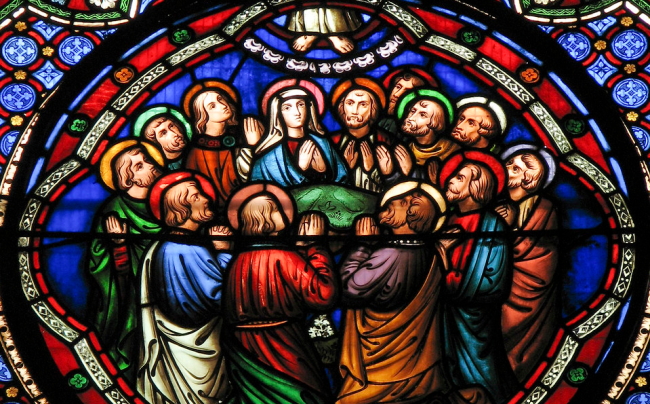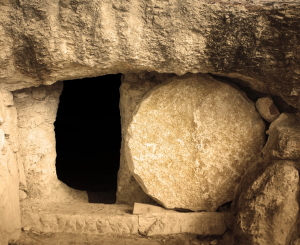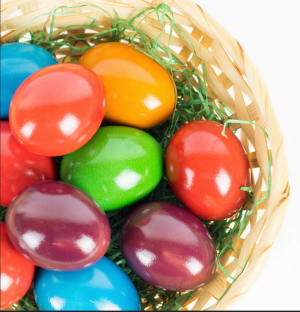TUESDAY, NOVEMBER 15—Christmas is coming for followers of Eastern Orthodox traditions with the start of the annual Nativity Fast, which encourages prayerful reflections as the faithful anticipate the birth of Jesus in December. The Greek Orthodox Archdiocese of America provides this online summary, including:
By abstaining from certain food and drink, particularly from meat, fish, dairy products, olive oil, and wine, as well as focusing more deeply on prayer and almsgiving, we can find that the primary aim of fasting is to make us conscious of our dependence upon God.
Two periods comprise the Nativity Fast (the dates of which are stated, here, per the Gregorian calendar): Nov. 15-Dec. 19, and Dec. 20-24. December 20 launches the Forefeast of the Nativity, with chanting of Nativity hymns each day through Dec. 24 (Paramony). On Paramony—called Christmas Eve in the Western Christian church—no solid food is consumed until the first star is observed in the evening sky; afterward, the fast is joyously broken. Many then head to the traditional All-Night Vigil, while others attend the Divine Liturgy for the Nativity of Christ on Christmas morning.
Traditional Orthodox fasting is no simple task: It means giving up meat and dairy, in addition to fish, wine and oil (fish, wine and oil are, however, permitted on specific days). Yet Orthodox teaching instructs that fasting be undertaken with gladness and in a sense of earnest anticipation—in the promise that these devout preparations will deepen reflections on the moment when God became human. Fasting for Orthodox Christians includes abstinence from foods, negative emotions and greed. Prayer and almsgiving complement the fasting period.
Wikipedia offers a general summary of the complex fasting rules, which compassionately exclude anyone for whom such a change in diet might be risky.
Want an App to accompany your reflections?
One of the most popular apps among Greek Orthodox faithful is called “Daily Readings Lite,” sponsored by the Greek Orthodox Archdiocese of America. This app provides the day-by-day cycle of readings for prayerful reflection throughout the year, including the Nativity Fast. The app is available free of charge for all smartphones.
Care to explore Eastern Orthodox diversity? There’s also an app called “Coptic Reader” that provides materials for reflection from the Coptic Orthodox tradition.
Prophets and the Afterfeast
Throughout the Nativity Fast, several key figures are highlighted with feast days—in particular, the prophets who Eastern Christians believe laid the groundwork for the Incarnation: Obadiah, Nahum, Habbakuk, Zephaniah, Haggai, Daniel and the Three Holy Youths. Sundays leading up to Nativity also bring attention to ancestors of the church and righteous men and women who pleased God.
On December 25 (or January 7), the Feast of the Nativity, fasting is forbidden; a fast-free period, or Afterfeast, lasts through January 4—or later, depending on one’s calendar.
